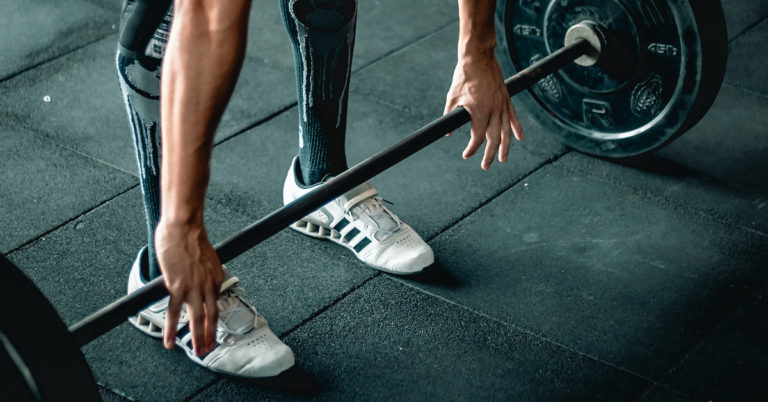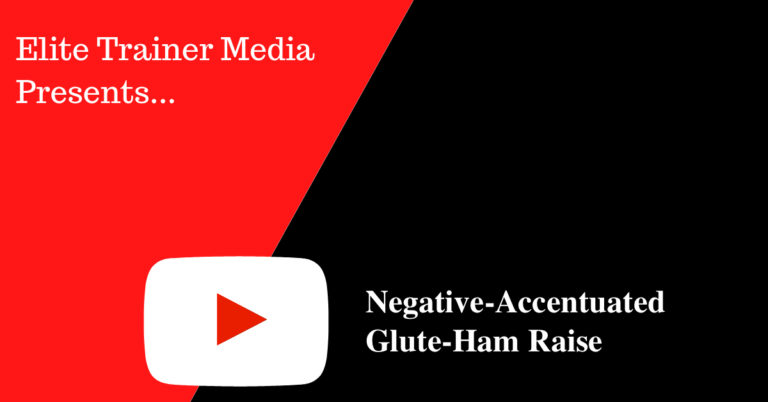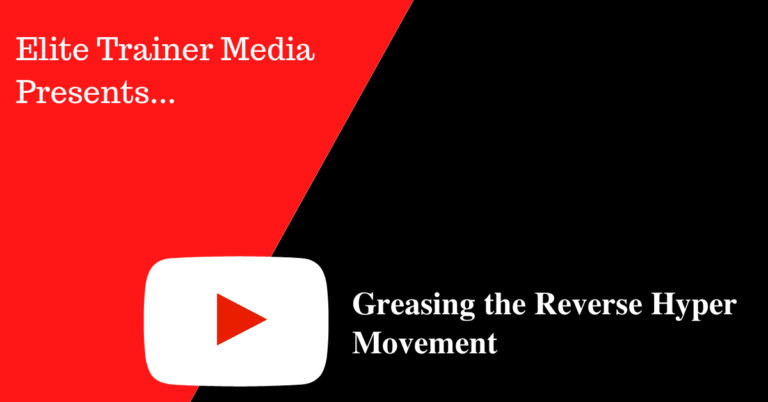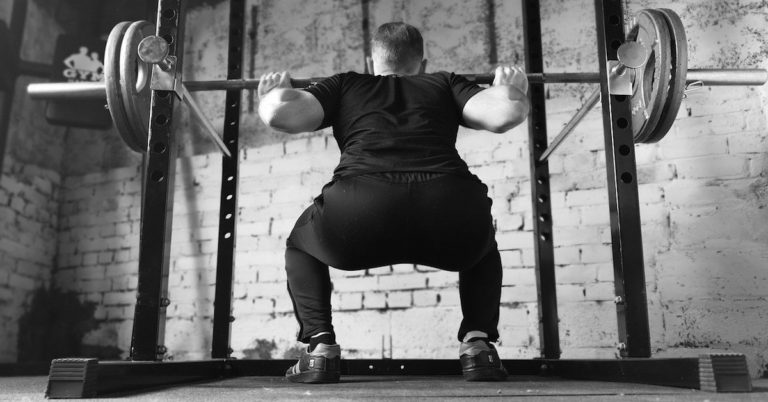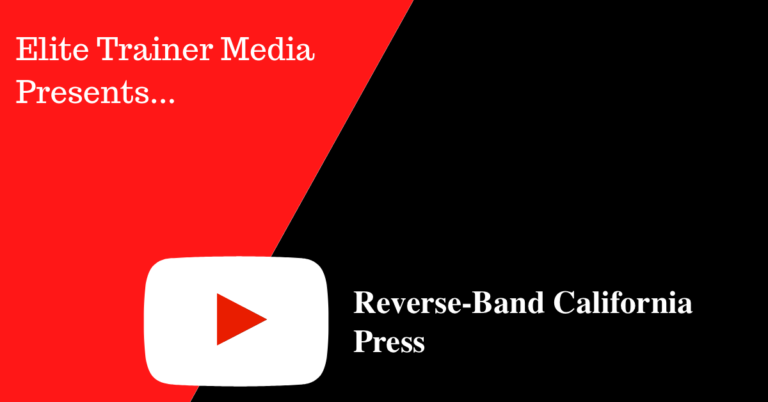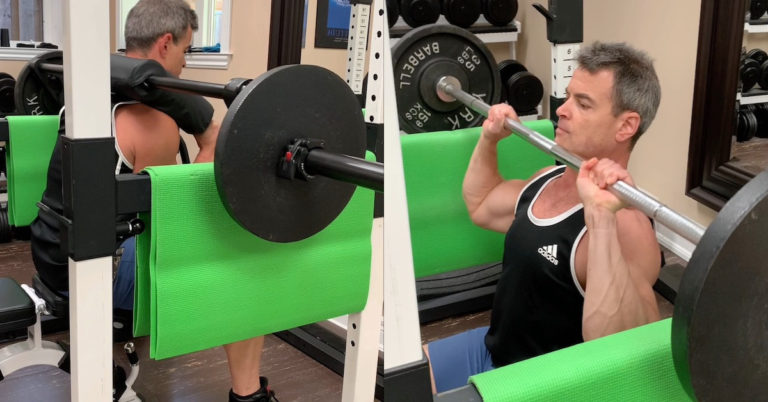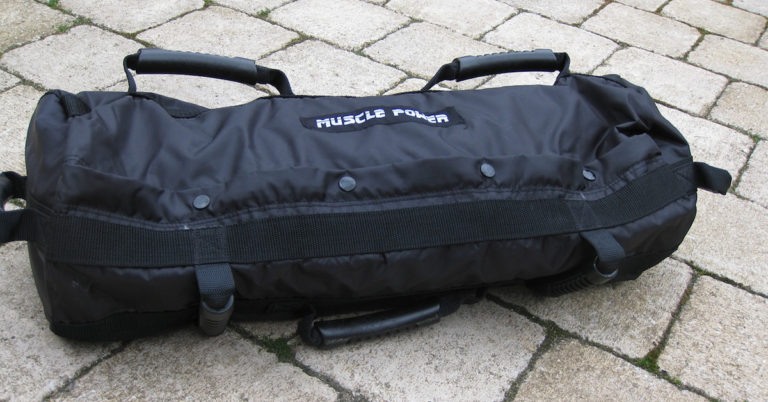Here are our three most popular articles of the year, plus a bonus social media post that brought a smile to many faces: Learning to Walk AgainMy mother turned 68 years old in April. She wasn’t supposed to make it that far. The doctors gave up on her, but we didn’t give in. This is…
Take a look at this video… It doesn’t look like I’m doing much, right? There’s only 110 pounds on the bar, but it’s surprisingly challenging. Why? Because I’m only using my thumb and index finger to raise the weight! Take a closer look. Thanks to fellow strength coach Christian Thibaudeau for bringing this method to…
The Sicilian Crunch put me on the map many moons ago—consider this its reverse. It’s a negative-accentuated glute-ham raise that emphasizes the knee flexion component of the movement. If your gym has this machine, give it a try: Expect your hamstrings to be sore for a few days.
Frankie Valli’s Grease is a blast from the past—and a fitting song for the reverse hyper. Why? Because most people “blast” out of the bottom of the movement and launch the lever arm into orbit. Don’t do that! Control the movement. Maintain constant contact with the ankle pad throughout the entire range for optimal results….
The hanging-band method sounds like church bells and feels like a “new religion” for many people! So, what kind of results can you get with this method? Take a look at A 15-Year-Old Making Progress in the Gym, and then check out the video below to see how many weighted chin-ups that same 15-year-old—now 16—cranked…
The isometronic training method is a powerful way to build muscle size and strength. Think of it as rack training—on steroids! Traditionally, it requires two sets of safety pins on each side of a power rack, allowing you to target the top, middle, and bottom third of a lift’s range. After completing a number of…
The California press is a cross between a close-grip bench press and a lying triceps extension. It targets the triceps in a unique and highly effective way. I prefer to use a reverse-band setup for this exercise. The bands offload tension at the bottom of the movement, reducing stress on the triceps tendons. As you…
Inserting strategic pauses when lifting weights is an excellent way to break inertia and increase muscular involvement. Pausing in the bottom position of a lift helps dissipate the stretch-shortening cycle, reducing elastic rebound from tendons and forcing the muscles to do more of the work. If you rest the bar for a solid two seconds…
Question:Hello John Paul, I purchased your ebook Lean and Mean (available here) and over the past 6 weeks have had great success gaining strength, building muscle, increasing energy and endurance, and have lost 10 pounds. Basically, I feel really good and ready to move on to the next phase. I’m wondering where the definitions for…
A sandbag is a fantastic tool for outdoor training. It provides a unique form of resistance that challenges stability, grip, and coordination. In this video, you’ll see 16-year-old Joseph performing sandbag squats and rows, and 61-year-old Jane doing sandbag good mornings: There’s no shortage of lower-body exercise options with a sandbag—think bear hug squats, Zercher…


